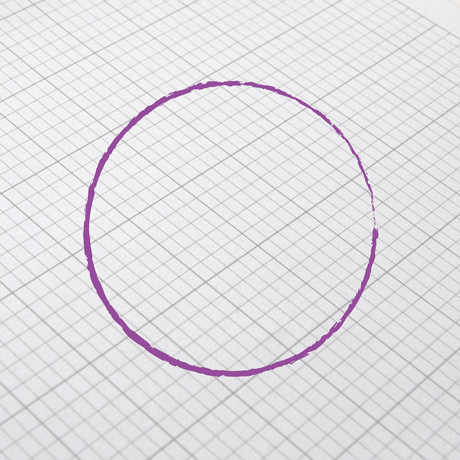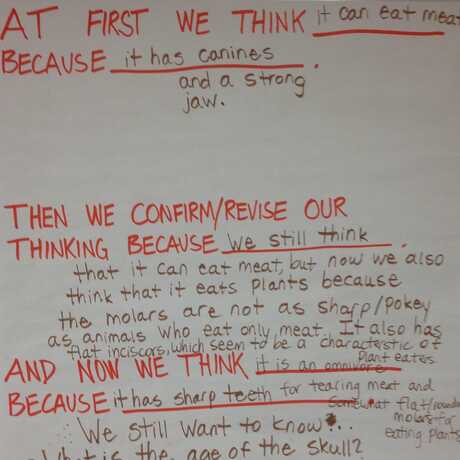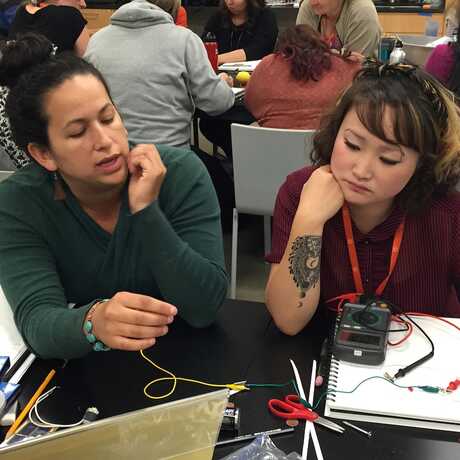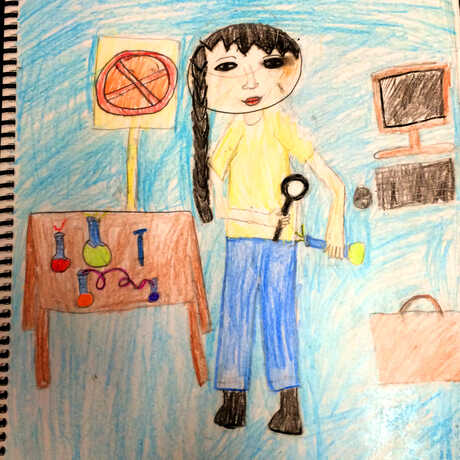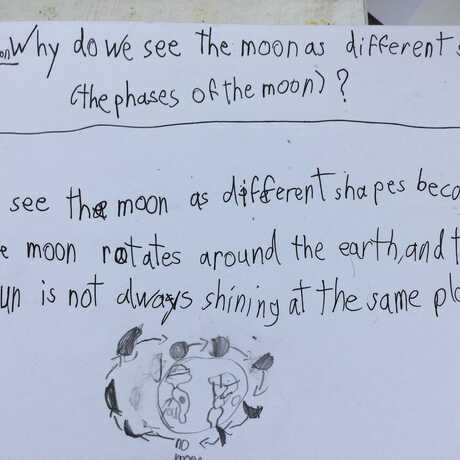Helena was teaching her 4th grade class a lesson on “What makes a rock a rock?” Her students compiled a list of characteristics that they thought defined a rock. She left the list up on the board, while she allowed students to play with many different types of materials, including ceramic tiles, a nail, and sand. After some investigation, students settled on a final set of criteria.
Later that week, Helena referred back to the original list and the final set of criteria, and asked students to reflect with the sentence frames: “At first I thought.../Now I think...”
Students could see how their thinking about what makes a rock a rock had changed over time. Students could also see that they may not have been correct at first, but they came to a more complete understanding of rocks over time.
